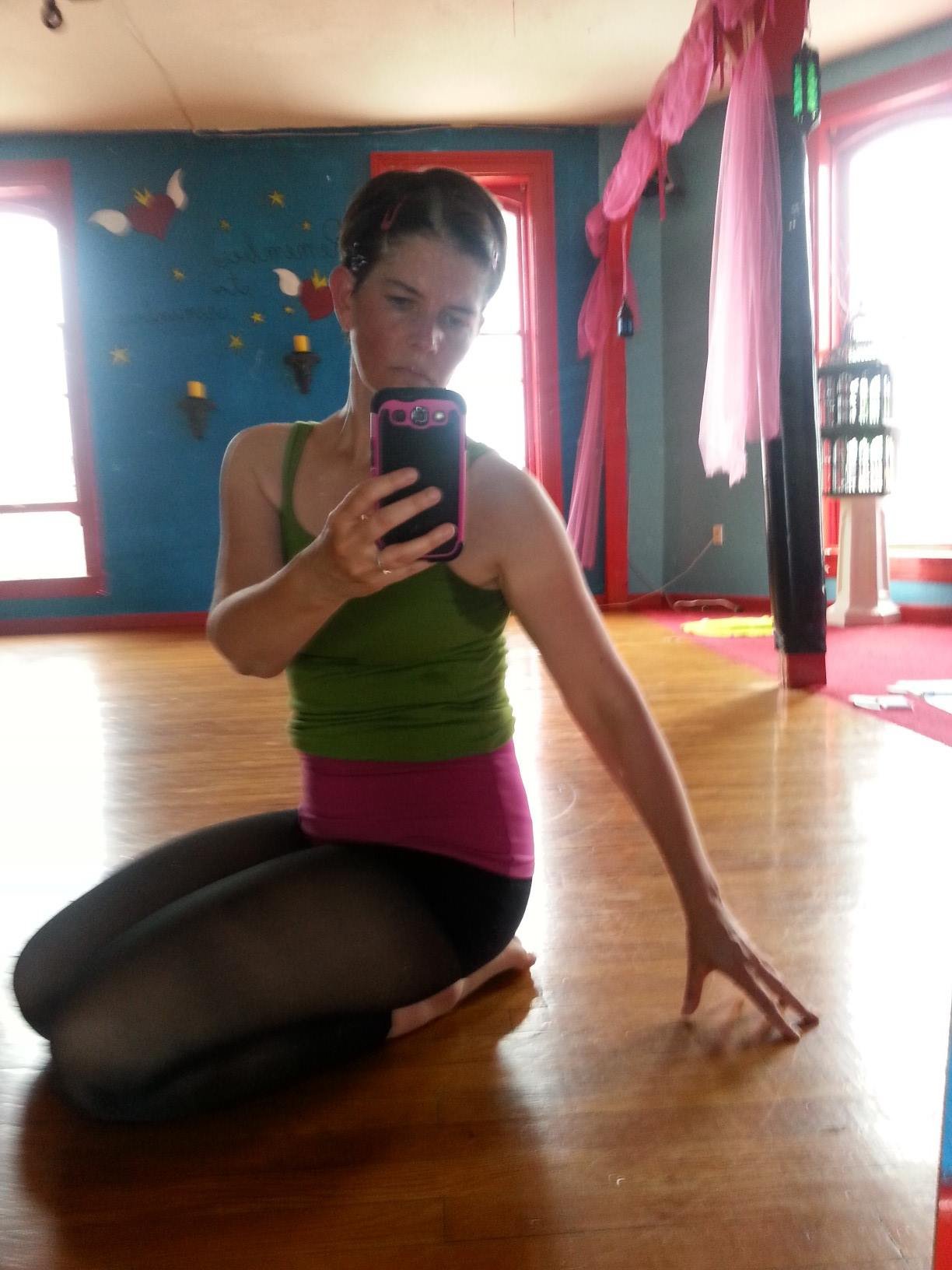When the body doesn’t feel safe
The ground of Peony Somatic Dance is breathe and wait. We focus on the breath first to drop into the now and center, and then we patiently listen for or pay attention to the messages of the body. Following that, honest expression can emerge.
But what if when we breathe and attempt to pay attention to the body, we simply can’t?
What if we have a history of dissociation and that is still triggered?
What if it just feels scary to enter the body in this way?
All of these things can drive us away from something like a somatic dance practice. It can keep us from simple exercise. It can prevent us from truly enjoying the sensual aspects of life, because the body does not feel like a safe space.
How do we develop the body as safe space without creating more shutdown and numbness?
How to deal with dissociatioN during movement
There are a bunch of ways to deal with this issue that are more gentle. Over time you can progress through them, but remember, it’s not a ladder. It’s a spiral.
It’s not a simple ladder because if we’ve had a lifetime of dissociative disorder, I don’t think it’s ever just gone. Extreme stress or vile political administrations can certainly bring it back. It’s so deeply embedded in our neurobiology and our body/mind revert to the oldest coping mechanisms because they’re the most “practiced.”
So these new somatic practices are never one and done.
All of this is also why it’s important to work with someone with deep experience. I can tell when a student is distressed even if they aren’t obviously freaking out, for example, and I have a tool box the size of a castle that I can pull from until we find the thing that helps or soothes, whatever is needed.
Peony Somatic Dance methods of the gentle variety
This is just s small example of the tools I would pull from, but it might give you an idea of where to start. (You could also take a class with me, of course, online if you’re not local to Columbus, OH, or you can contact me about possible one on one work if you don’t feel like you’re ready for a class.)
So here are some possible ways of approaching a body that is not feeling safe:
Put all of your attention on your environment. Externalize your awareness. You could put on some music and start to identify items in your space. If you’re alone, you could do this out loud. “Chair, photo, clock” etc. You could add lots of detail if that felt good. As you’re doing this, allow movement to happen but keep your attention outside of the body and the movement.
Touch and name your bodyparts as you move. This is exactly what it sounds like. Moving your right hand? Touch it with your left and say to yourself, this is my right hand.
Attention to body boundaries. Just notice where your body begins and the space outside of you starts. This could be as simple as focusing your movement in your feet and feeling the floor. Or you could get on the floor and move around gently, feeling the feedback from the floor into your body parts. There are a lot of other ways to get this same feedback but moving on…
Place your attention on another body. This is best done led in a class or you can do it with a loved one at home. You can try mirror movement: each of you taking a turn to lead. Keep things really simple. Another option is to start with super simple contact improv like you see in the photo above or as seen here.
Again, there are so many ways to deal with dissociation even when it can feel a bit scary. (And again, experienced guides are so very necessary.)
Let me know if you have any questions or insights!






